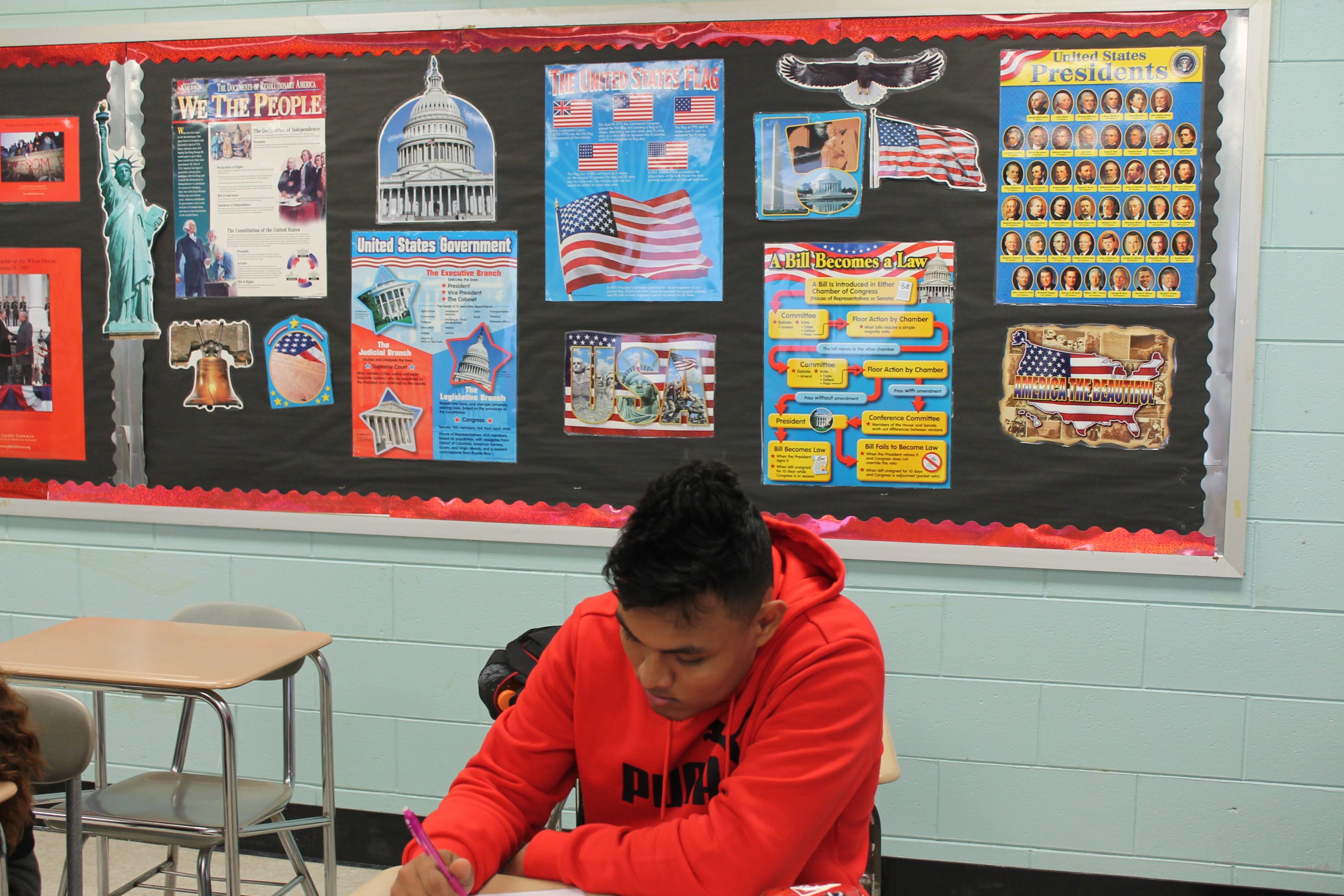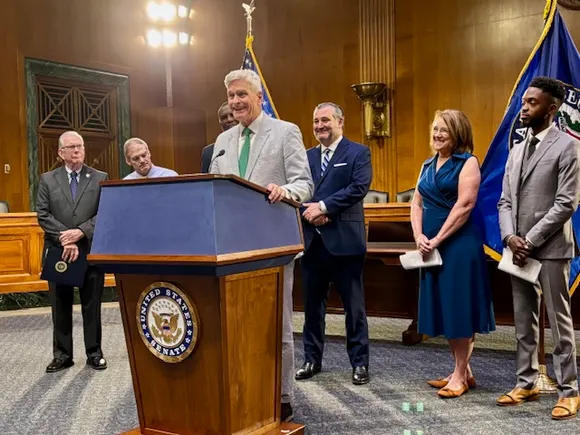This blog was kindly authored by Joseph Morrison-Howe, former HEPI intern and recent graduate of the University of Nottingham. This blog is the seventh blog in HEPI’s series responding to the post-16 education and skills white paper. You can find the others in the series here, here, here, here, here and here.
Tuition fees rising with inflation serves as a reminder that going to university is a significant financial commitment for the student. In the recent Post-16 Education and Skills white paper, the Government commits to making higher education more skills focused because ‘there is a disconnect between what individuals choose to study and the needs of the economy, which limits people’s earning potential’. To achieve this, the Government seems to be leaning towards interventionalist policies. However, since the individuals themselves are involved in a financial decision, then presumably the Government’s desire for growth – that is, boosting average incomes – is largely not at odds with the individual. Therefore improving knowledge and access to information, which makes the individual’s decision more informed, is a viable alternative to interventionalist policy, and the Government’s commitment to providing graduate earning’s data on UCAS could lead the individual to choose courses with higher earnings should they want, which is in line with the Government’s aims whilst improving choice rather than curtailing it.
The Ministerial Foreword to the white paper states that the Government’s ‘defining mission’ of growth ‘relies on providing real opportunities through education and training that lead to real careers.’ In terms of policy, this aim seems to be taking the Government in an interventionalist direction, in an attempt to align what they see as the skills required in the economy with the skills being learnt in post-16 education. For example, by making the modular use of Lifelong Learning Entitlement conditional on the chosen course being aligned with the Government’s Industrial Strategy the Government hopes to create a workforce that is more productive in the jobs that the labour market demands. A more productive workforce is one associated with higher incomes, and so by pushing people towards the skills set out in their Industrial Strategy, the government hopes to achieve growth.
Interventionalist policies such as this, although moderate, can have adverse effects, however. Through the above policy, the Government might succeed in fixing the mismatch of skills learnt and skills demanded by the economy. However, the government cannot consider how happy an individual will be from entering a particular profession, and thus, by prioritising financial returns over choice, the welfare of individuals may be neglected.
It is worth remembering that for each individual, going to university is a financial commitment, but there are several reasons why it is difficult to make an informed decision about the financial aspect of going to university. The financial decision comprises the costs and gains of attending. The costs are difficult to determine because repayment is determined by future earnings, which at 18 is a distant and uncertain prospect. The financial gains are likewise uncertain because of the huge variety between courses as well as individuals, but this uncertainty can be limited. In England, there is a lot of data available on average graduate earnings by course and educational institution. This information is currently available on the Discover Uni website, but is very rarely accessed (see Imperfect Information in Higher Education). Perhaps the disconnect discussed in the recent white paper ‘between what individuals choose to study and the needs of the economy’ could be fixed to some extent by ensuring that when individuals choose what to study, they are in an informed position about earning differentials associated with different courses and institutions. This way, the prospective student has the capacity to make an informed financial decision, but still has complete freedom to study without it being a solely financial decision.
In the white paper, the Government has committed to integrating graduate earnings data into the UCAS website, ensuring the data will be seen and used by more prospective students, as proposed in Imperfect Information in Higher Education. This approach of helping individuals make an informed choice about what and where to study, rather than taking a more interventionalist approach, as a way of fixing the disconnect between study and the skills demanded by the economy, is valuable because it preserves individual choice. Someone who values high pay in return for their studies could use this graduate earnings data to ensure that the course they choose has the capacity to provide this. Someone who wishes to study for the sake of the subject, or someone who wants to study something that leads to a particular low-earning job because it will make them happy, has complete freedom to make this choice. This policy, by preserving choice and improving access to information, can promote government aims such as growth whilst letting people choose what they want.











